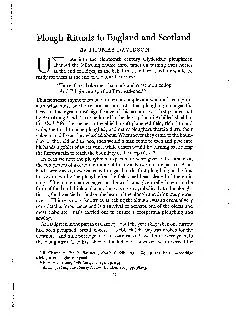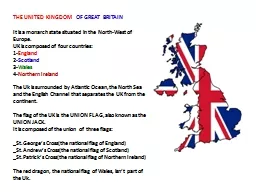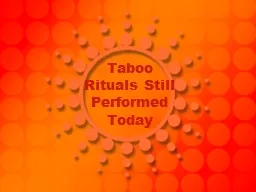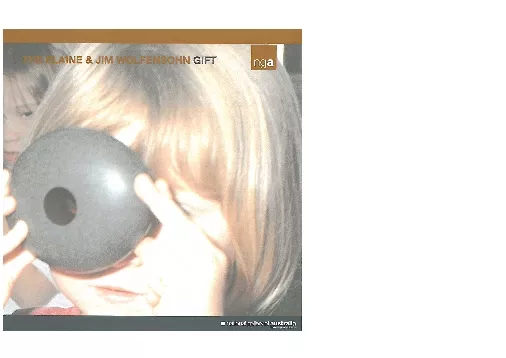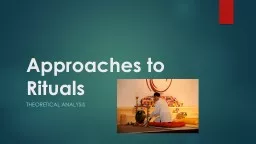PDF-Rituals in England and Scotland
Author : jane-oiler | Published Date : 2015-09-26
DAVIDSON late into the eighteenth century Clydesdale ploughmen chanted the following rhyme three times on turning their horses at the end of ridges in the belief
Presentation Embed Code
Download Presentation
Download Presentation The PPT/PDF document "Rituals in England and Scotland" is the property of its rightful owner. Permission is granted to download and print the materials on this website for personal, non-commercial use only, and to display it on your personal computer provided you do not modify the materials and that you retain all copyright notices contained in the materials. By downloading content from our website, you accept the terms of this agreement.
Rituals in England and Scotland: Transcript
Download Rules Of Document
"Rituals in England and Scotland"The content belongs to its owner. You may download and print it for personal use, without modification, and keep all copyright notices. By downloading, you agree to these terms.
Related Documents

